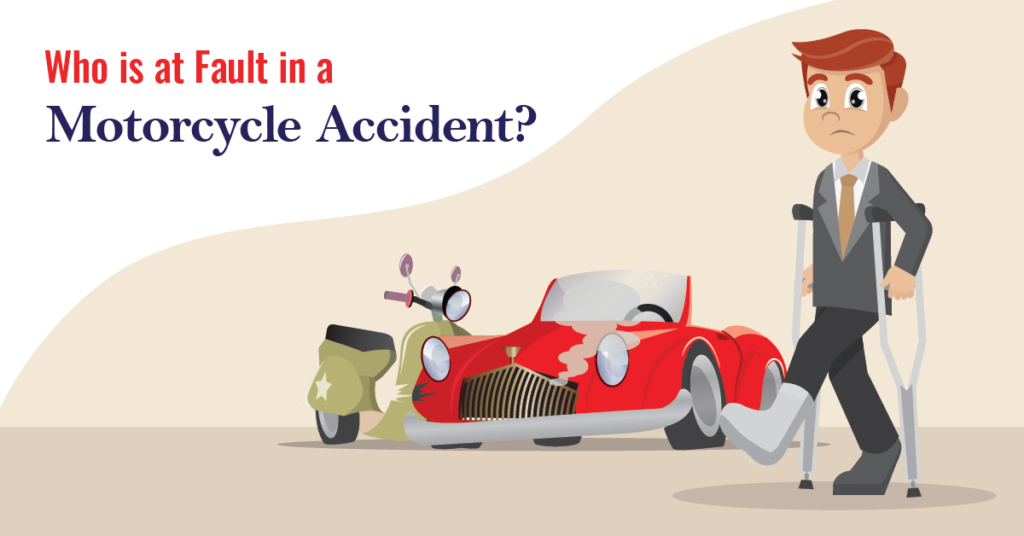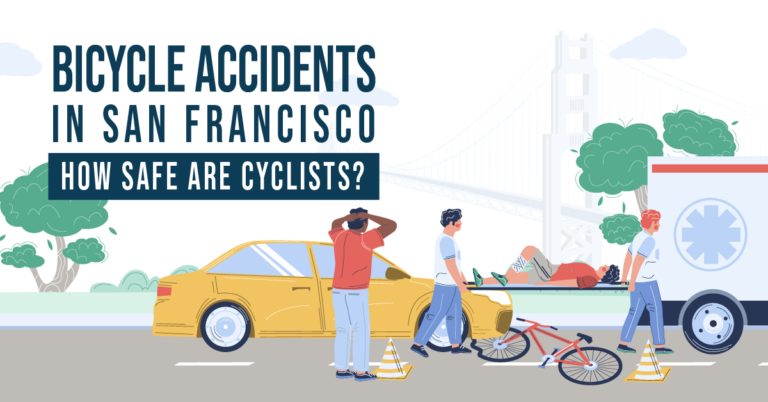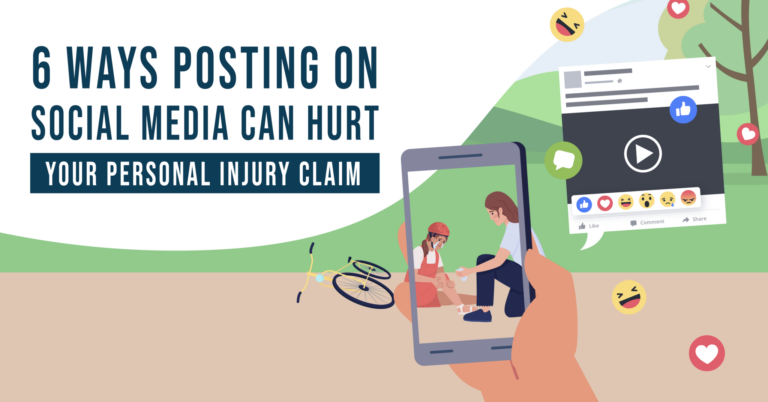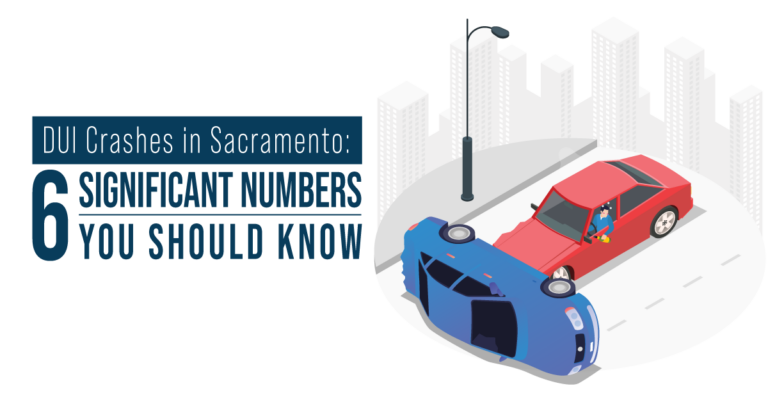
California has the largest number of registered motorcycles in the United States. While motorcycles tend to be riskier than other motorized vehicles, their popularity is increasing. Since motorcyclists have no substantial protection when riding, they are exposed to more harm than car drivers or passengers in case of a collision. Understandably, injuries can be exponentially worse.
However, who is to blame for a motorcycle accident? How is fault determined? In this article, we will discuss how fault is assessed in motorcycle accidents in California.
Motorcyclists’ Responsibility for Safe Driving
In California, the same rules generally cover motorcyclists and other vehicle drivers. However, the state has laws specific to motorcycle riders. The following are some of these regulations:
- California Vehicle Code (CVC) 27803: Under this law, all riders must always wear helmets when riding a motorcycle. The protective helmets must meet the U.S. Department of Transportation standards.
- CVC 26709: This law requires all motorcycles to be equipped with at least two mirrors, including one attached to the vehicle’s left-hand side. At least one mirror must show the driver a view of the highway for at least 200 feet from the motorcycle’s rear.
- CVC 27801: A person shall not be allowed to ride a two-wheel motorcycle if its handlebars are installed in a way that the driver’s hands — while holding the grips — are more than six inches above their shoulder when seated. A motorcycle driver is also prohibited from driving a motorcycle with a seat so high that the driver cannot reach the ground with their feet.
Lane Splitting is Legal in California
Lane splitting is the practice of riding your motorcycle between traffic lanes that are either moving slowly or entirely stopped. While it was not explicitly declared legal in the previous decades, it was officially made legal in 2017 when Governor Jerry Brown signed California Assembly Bill (AB) 51 into law.
The lane-splitting law operates on the following guidelines:
- Only one rider should attempt to lane-split at a time
- The rider should not exceed 10 miles per hour faster than the surrounding vehicles
- Lane splitting in the two leftmost lanes is recommended
- Lane splitting into sharp curves and freeway ramps should be avoided
- Riders should only lane-split in low-speed areas
CVC 22400 and 22517 also have provisions supporting AB 51. CVC 22400 prohibits riding at slow speeds that block or impede average traffic flow unless it is necessary for safe operation or in compliance with the law. Meanwhile, CVC 22517 protects lane splitters by prohibiting car drivers from opening their doors on the side in moving traffic unless it is reasonably safe to do so.
Causes of Motorcycle Accidents
Various factors can contribute to a motorcycle accident, and one is unsafe road conditions. Motorcycles are more susceptible to accidents due to poor road design and bad road conditions than other vehicles. Because they are less stable than a car, irregularities and unexpected objects on the road can easily cause them to crash. Disobedience on the part of the rider also contributes to motorcycle accidents.
The following are some causes of motorcycle accidents attributed to the motorcyclist:
Intoxication
Riding a motorcycle takes balance and more focus than driving a car. Being under the influence of alcohol impedes your reflex, reaction time, and judgment. According to the U.S. Department of Transportation, at least 28% of fatal motorcycle accidents in 2018 involved alcohol use.
Left-hand turn
Motorcycles are more difficult to spot than cars. In addition, some motorists do not check for motorcycles running before turning left at an intersection. Most fatality cases involve a vehicle turning left while the motorcyclist was either passing, traveling straight ahead, or overtaking another vehicle.
Overspeeding
Riding at excessive speeds is already dangerous. In 2019, the National Highway Traffic Safety Administration recorded 5,014 motorcycle-related deaths due to overspeeding. Harsh weather conditions are another factor that puts overspeeding motorcycle drivers at an increased risk.
Inattentive driving
Whether on a motorcycle or car, driving requires focus. Texting or calling while driving divides your attention, leading to a potential accident. According to a study, 40% of motorcycle riders have experienced a fall or crash due to texting while riding.
Determining Fault in a Motorcycle Accident: The Comparative Fault Principle
Like in other personal injury cases, fault in a motorcycle accident is determined by the elements of negligence—duty of care, breach of duty, causation, proximate cause, and damages. When these are proven against a party, that party is held responsible.
Typically, a party at-fault is not entitled to compensation. However, this is not the case in California. The state’s comparative fault laws allow you to obtain compensation even if you are partially at fault for the accident. California Civil Code Sections 1431 and 1431.5 contain the specific comparative fault provisions concerning accident liability cases like motorcycle accidents.
Along with the comparative fault principle, California follows the pure comparative negligence standards when calculating compensation. This means that even if you were 99% responsible for the accident, you would still receive compensation. However, the court will reduce it depending on your percentage of fault.
For instance, if the court found you 20% liable for an accident and the settlement amount is $10,000, you would receive $8,000. It is important to hire an experienced personal injury lawyer to help you reduce the percentage of your fault and receive the best possible compensation.
Knowing Your Limits
Motorcycling is a fun and exhilarating hobby. However, it comes with certain risks and dangers. As a motorcycle rider, it’s your responsibility to know and abide by the rules to promote safe driving.
If you’re caught in an unfortunate motorcycle accident and need a personal injury attorney in Orange County to work your case, reach out to us at RMD Law. Our team comprises experienced lawyers ready for the tireless representation you deserve.
Contact us for a free case evaluation!
- Bicycle Accidents in San Francisco: How Safe Are Cyclists? - July 10, 2023
- 6 Ways Posting on Social Media Can Hurt Your Personal Injury Claim - July 5, 2023
- DUI Crashes in Sacramento: 6 Significant Numbers You Should Know - July 3, 2023


